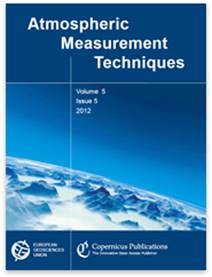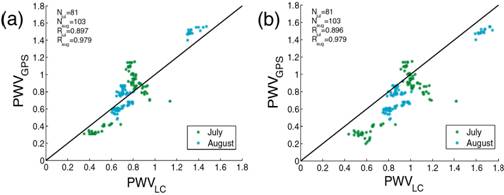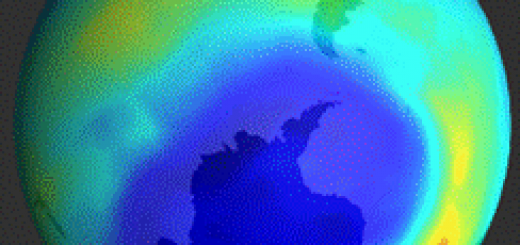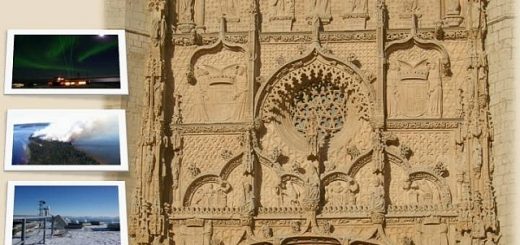Final publication of the paper entitled “Column water vapor determination in night period with a lunar photometer prototype” in Atmospheric Measurement Techniques.

After an exposure period and public discussion, the article entitled “Column water vapor determination in night period with a lunar photometer prototype” has just been published in its final version in the journal Atmospheric Measurement Techniques (August 29, 2013). The complete reference of the publication is:
A. Barreto, E. Cuevas, B. Damiri, P. M. Romero, and F. Almansa, Column water vapor determination in night period with a lunar photometer prototype, Atmos. Meas. Tech., 6, 2159-2167, 2013.
The article is available at:
http://www.atmos-meas-tech.net/6/2159/2013/amt-6-2159-2013.html
The Lunar Cimel (LC) Precipitable Water Vapor (PWV) data were compared to nocturnal GPS and radiosonde (RS92) data. This comparative study was complemented using quasi-simultaneous daytime PWV from Cimel AERONET (CA), GPS and RS92.
The main results of this paper are:
– Two different band filters centered within the water vapor absorption band were mounted into the instrument, both with an approximate bandwidth of 10 nm. Filter #1, centered at 938 nm, is the current band filter used by the AErosol RObotic NETwork (AERONET) CE-318 sunphotometers, with a transmissivity up to 0.7 and an important out-of-band contribution. Filter #2 is characterized by a flat transmissivity response close to 1 at central wavelengths (≈ 937 nm), with a negligible out-of-band radiation effect. PWV from LC (filters #1 and #2) and GPS correlates quite well (Fig.1), showing linear regressions similar to those retrieved by means of diurnal data (GPS vs. CA).
– Very low PWV differences were found between LC-Filter #2 and GPS (0.01 cm) meanwhile differences found between LC-Filter #1 and GPS were > 0.18 cm. This overestimation in PWV extracted from LC-Filter #1 and the good performance of LC-Filter #2 were also confirmed in the LC/RS92 comparison.
– The systematic differences in PWV obtained for both LC filters show the importance of the out-of-band radiation effect on lunar photometry.
This work proves the ability of the new Lunar Cimel to perform accurate nocturnal column water vapor measurements, comparable to the accuracy of other similar techniques. In addition, the use of improved interference filters with higher transmission responses are proven to reduce considerably the inaccuracies in PWV determination at nighttime. Since lunar photometry is affected by more important inaccuracies than sun-photometry, the use of enhanced bandpass filters is essential to obtain accurate PWV with a precision similar to diurnal CA measurements.

Fig. 1: PWV-GPS (cm) versus PWV-LC (cm) for LC channels centered at (a) 937 nm and (b) 938 nm. The number of pairs as well as the correlation coefficient (R) for each month have been included.






